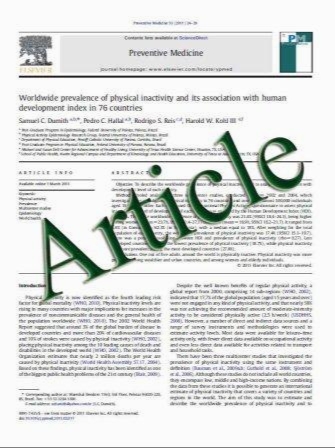A patient with acute urinary retention of unknown origin: answers
- نوع فایل : کتاب
- زبان : انگلیسی
- مؤلف : Bilal Aoun & Ali Bourji & Tim Ulinski & Hassan Fakhoury & Nabil Daoud & Claus Peter Schmitt
- چاپ و سال / کشور: 2011
Description
As the mass involved the sacrococcygeal bone and infiltrated the surrounding tissues, parts of the sacrum and coccyx needed to be removed. Histopathology studies confirmed our suspected diagnosis, and the ل-FP returned to normal after tumor removal. A CT scan of the abdomen and chest demonstrated secondary deposits in both lungs. A bone scintography was normal. The child was transferred to the pediatric oncology unit and chemotherapy was started. Kidney function remained normal, and the child passed urine and stool without further problems. Neurological exam showed improvement in the DTR 1 week after tumor removal. Sacrococcygeal teratomas (SCT) are seen in seen in 1:35,000 live births, with girls to boys ratio of 3:1 [1]. Both benign and malignant forms of SCT have been described in children <4 years of age. The clinical presentation depends on the child’s age at the time of diagnosis and tumor localization. It is most often diagnosed prenatally by ultrasound or during the neonatal period and may be clinically silent [2]. In older children, the tumor often presents as a palpable mass that might compress the rectum and bladder, with subsequent complications such as constipation and urinary retention [3]. Our patient presented with chronic constipation from the age of 14 months, which was treated with laxatives. Only after acute urinary retention had developed were further investigations initiated, which finally established the diagnosis. In children with malignant abdominal teratoma, urinary retention might be secondary to nervous system involvement, especially in cases of intramedullary infiltration, or due to urethral compression and consecutive urinary retention [4]. If late diagnosis is made, even hydronephrosis might occur. Next to teratoma, other tumors such as ependymomas and congenital ependymoblastoma can occur in the sacrococcygeal regions [5, 6], which might result in similar findings. In our case, urinary retention was most likely due to both intramedullary involvement and urethral compression.
Pediatr Nephrol DOI 10.1007/s00467-011-1967-x Received: 8 June 2011 / Accepted: 14 June 2011


